
25 Hand Exercises For Stroke Recovery
Reclaim Your Dexterity by Exercising Your Hand
If you’ve suffered a stroke, learning how to perform basic daily tasks, such as eating or getting dressed, can feel like an overwhelming physical hurdle. Even though you may have full active movement in your affected hand, you may still have decreased strength and dexterity in your hand, making it difficult to grasp and release objects. Luckily there are products that can aid in grasp and release activities such as the SaeboGlove, an advanced technology for stroke patients. We’re going to show you some helpful hand exercises for stroke rehab and recovery to help you reclaim your strength and dexterity. And best of all, you can do them on your own or with the help of a hand device such as the SaeboGlove.
Unfortunately, rehab does not always bring back full control and use of your hands, making daily tasks a tremendous challenge. We rely on our hands for everything from bathing and getting dressed to cooking and cleaning. As you begin your recovery, you must incorporate hand exercises for stroke recovery into your daily life to bring back dexterity and use of your fingers. And remember, repetition in key.
Therapeutic Ball Hand Exercises for Stroke Recovery
Therapeutic balls are extremely useful stroke treatment exercises for building strength and dexterity. They are widely available, affordable, and come in various resistance levels.
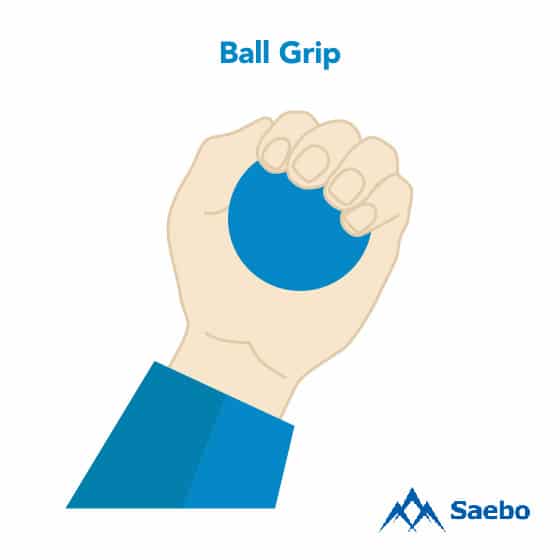
Exercise #1: Ball Grip
Hold the ball tightly in the palm of your hand. Squeeze, hold, and relax. Repeat 10 times for two sets.
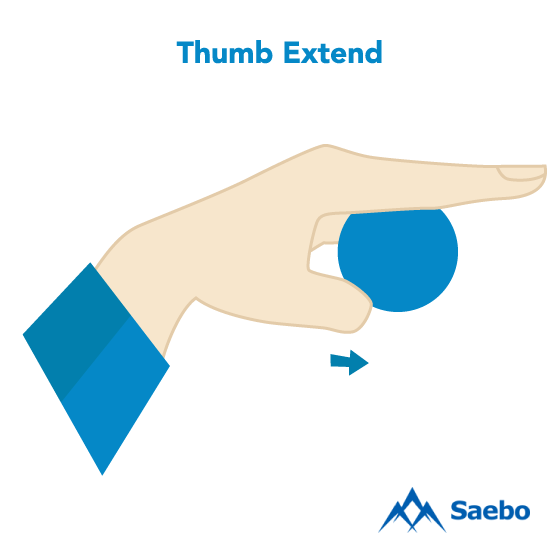
Exercise #2: Thumb Extend
Place the ball between your bent thumb and extended two fingers of same hand. Extend and straighten the thumb to roll the ball. Repeat 10 times for two sets.
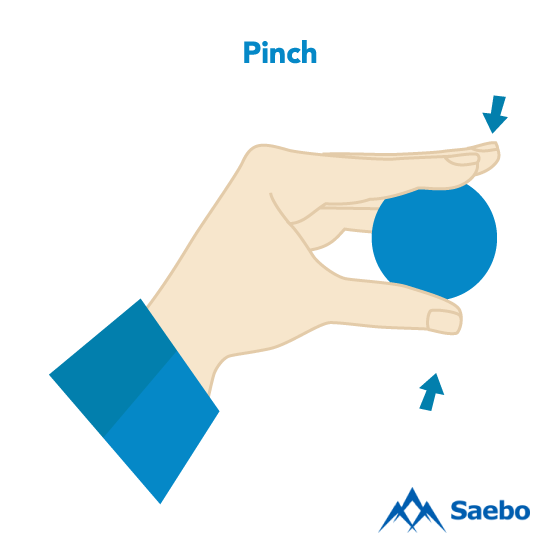
Exercise #3: Pinch
Hold the ball between your thumb, index and middle fingers. Squeeze together, hold, and relax. Repeat 10 times for two sets.
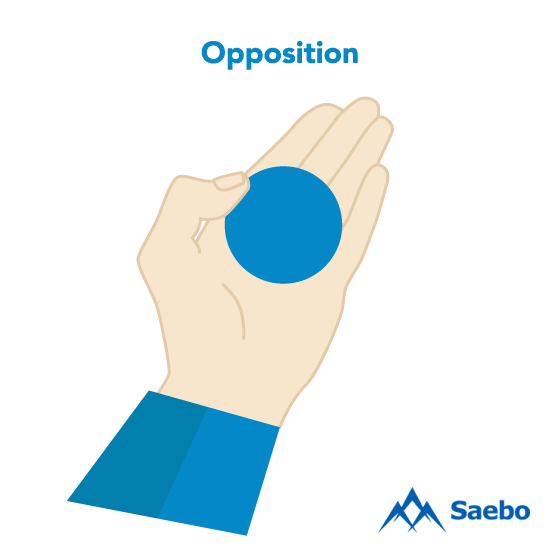
Exercise #4: Opposition
Place the ball in palm of your hand, bring thumb toward the base of the little finger. Repeat 10 times for two sets.
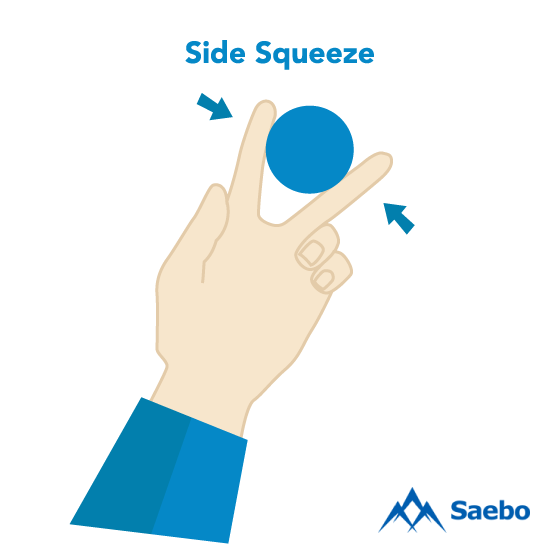
Exercise #5: Side Squeeze
Place the ball between any two fingers. Squeeze the two fingers together, hold, and relax. Repeat 10 times for two sets.
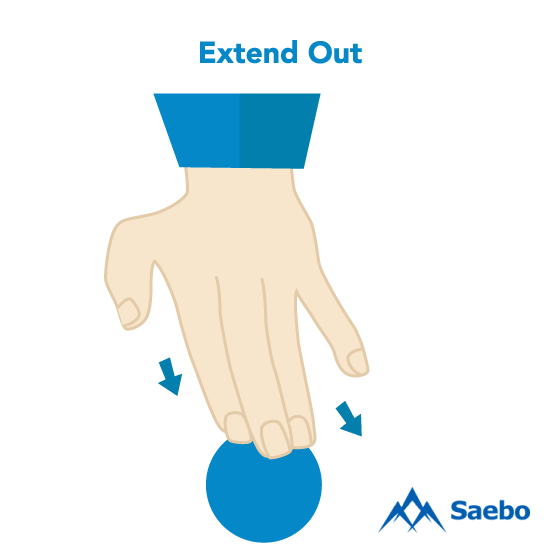
Exercise #6: Extend Out
Place the ball on a table. Place tips of your fingers on the ball and roll the ball outward on the table. Repeat 10 times for two sets.
Therapeutic Putty Exercises For Hand Recovery After Stroke
Therapeutic putty is an extremely useful tool for building strength and dexterity, especially after a stroke. It is widely available, affordable, and come in various resistance levels.
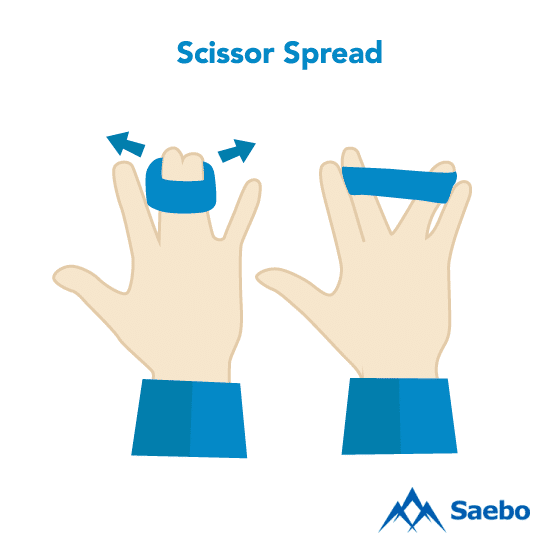
Exercise #7: Scissor Spread
Wrap putty around two of your fingers and try to spread the fingers apart. Repeat 10 times for two sets.
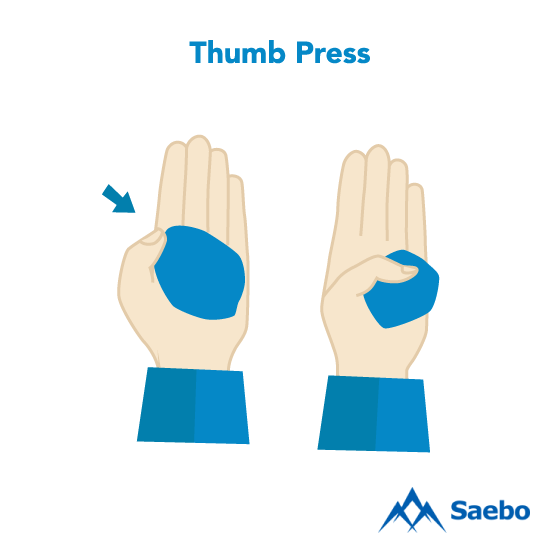
Exercise #8: Thumb Press
Place putty in the palm of your hand and push into it with your thumb toward the base of your pinky finger. Repeat 10 times for two sets.
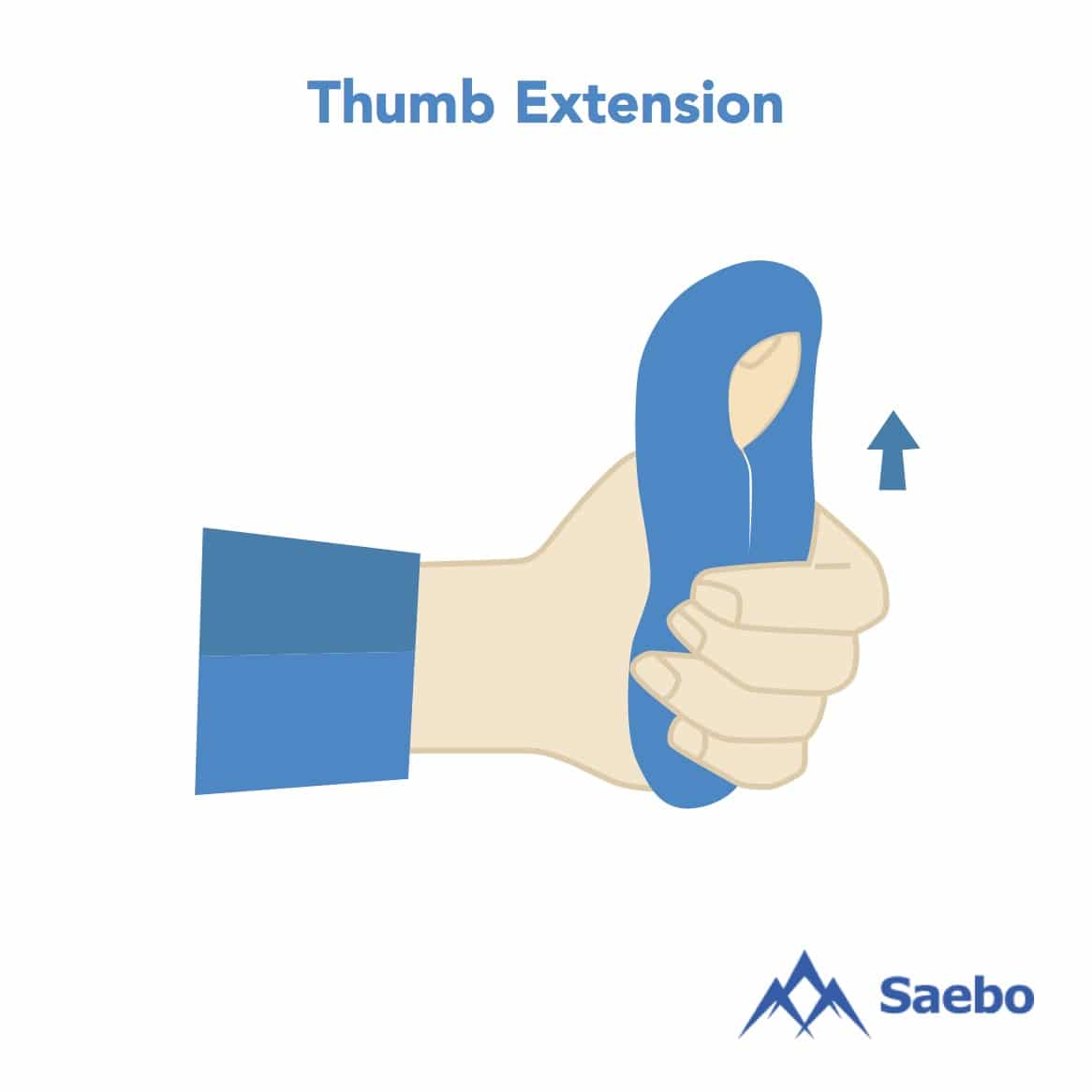
Exercise #9: Thumb Extension
Bend your thumb and loop clay around it. Try to straighten your thumb as if simulating a “thumbs up” gesture. Repeat 10 times for two sets.
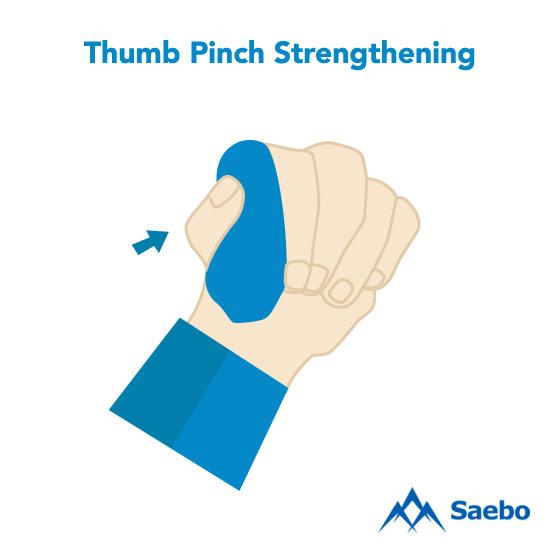
Exercise #10: Thumb Pinch Strengthening
Squeeze the putty between your thumb and side of your index finger. Repeat 10 times for two sets.
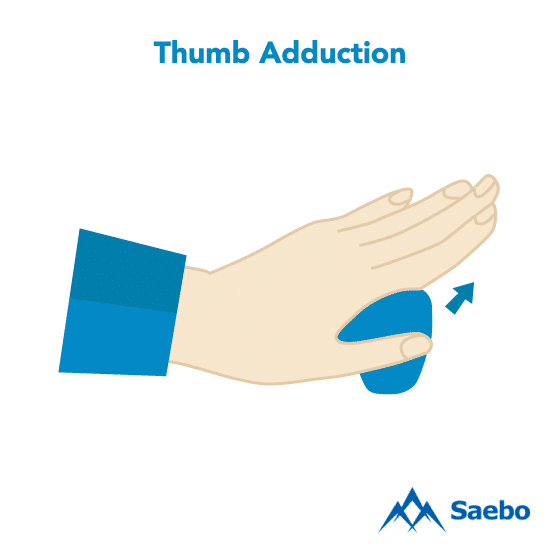
Exercise #11: Thumb Adduction
Keep fingers and thumb straight while pressing the putty between your index finger and thumb. Repeat 10 times for two sets.
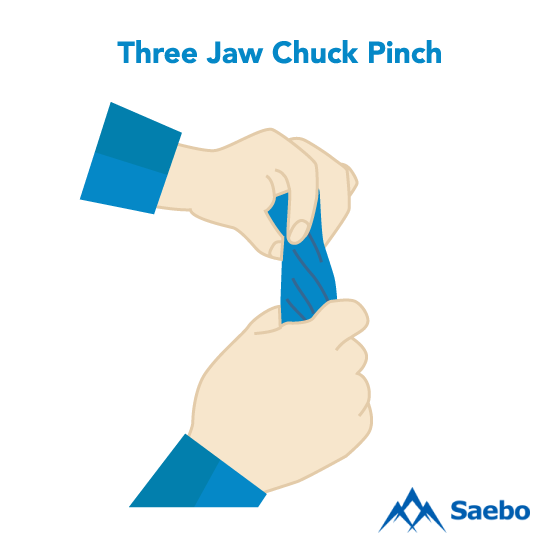
Exercise #12: Three Jaw Chuck Pinch
Using your thumb, index, and middle finger, pull putty upwards. Repeat 10 times for two sets.
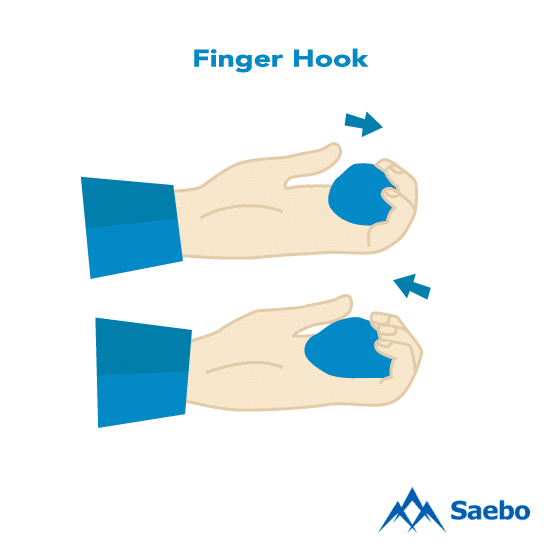
Exercise #13: Finger Hook
Place the putty in your palm and press fingers into a hook shape, attempting to only bend only the two last joints of the fingers. Repeat 10 times for two sets.
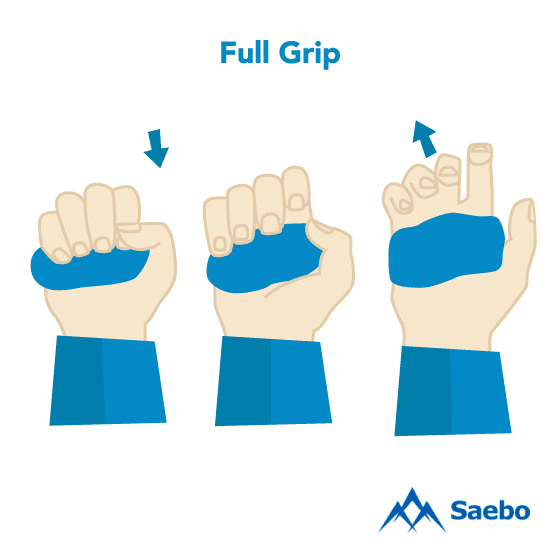
Exercise #14: Full Grip
Place the putty in the palm of your hand, then make a fist while squeezing your fingers into the clay. Repeat 10 times for two sets.
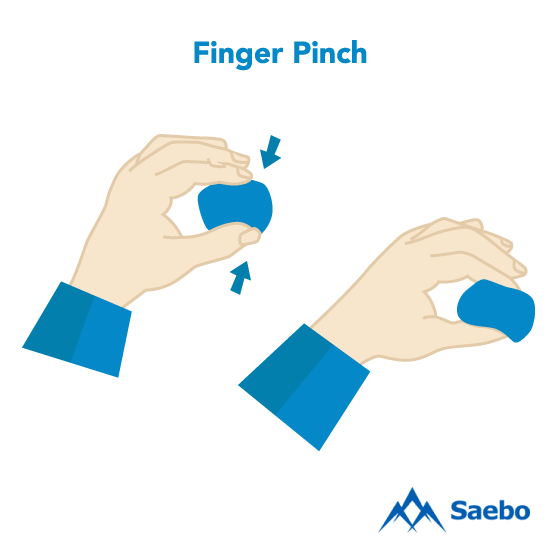
Exercise #15: Finger Pinch
Pinch the putty between each finger and the thumb. Repeat 10 times for each finger for two sets.
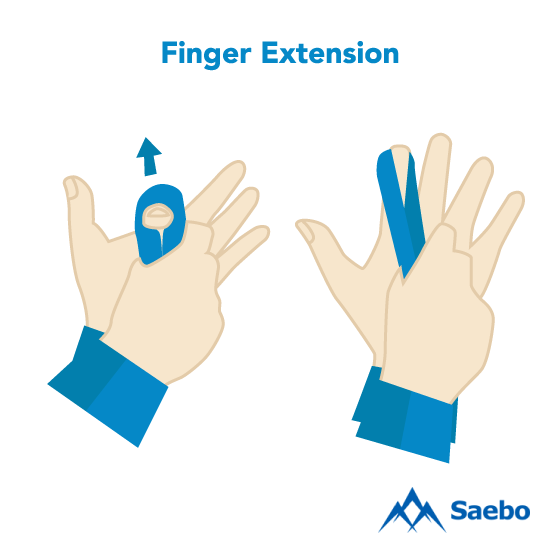
Exercise #16: Finger Extension
Bend finger and loop putty around it. Try to straighten finger. Repeat 10 times to each finger for two sets.
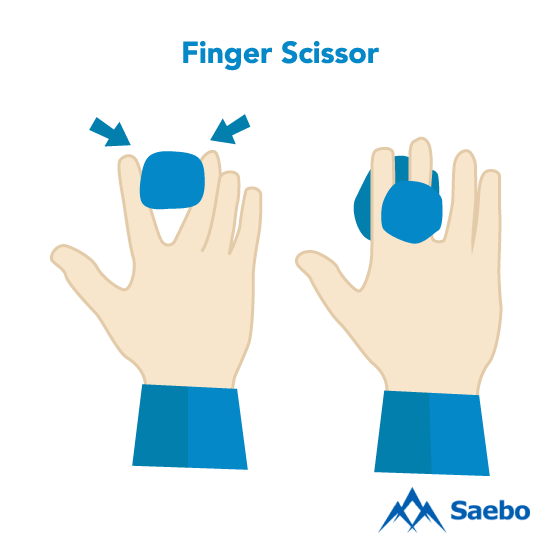
Exercise #17: Finger Scissor
Take a 1” diameter ball of putty and place between your fingers. Squeeze and release. Repeat 10 times for each finger for two sets.
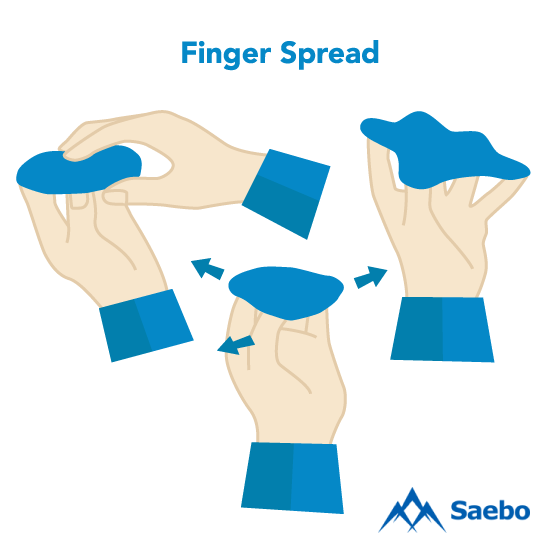
Exercise #18: Finger Spread
Spread a pancake of putty over your fingers, then try to spread them apart. Repeat 10 times for two sets.
Hand Recovery Exercises With Everyday Household Items
If you do not have therapeutic putty or a ball available, there are many exercises you can perform using just your body or common objects like coins or water bottles.
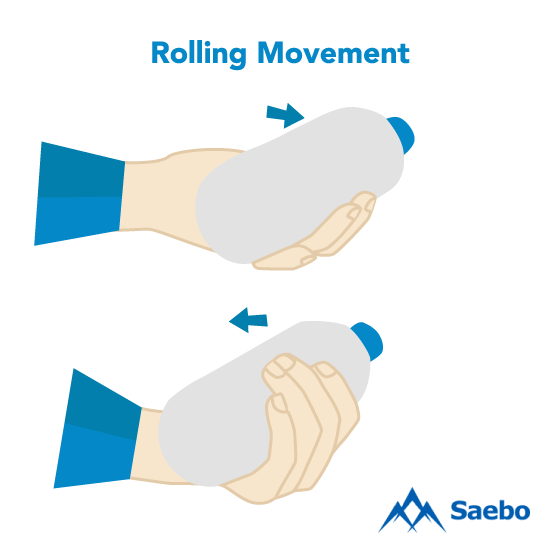
Exercise #19: Roll Movement
Place your affected arm on a table and place a water bottle in your hand, keeping your hand and fingers relaxed. Curl your fingers in, grasp the water bottle, then release. Repeat 10 times for two sets.
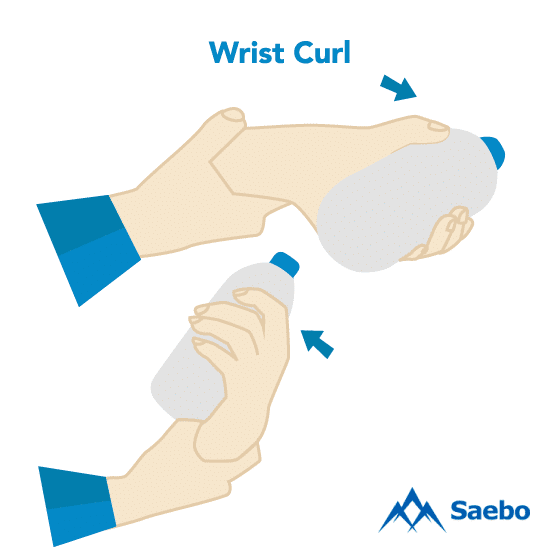
Exercise #20: Wrist Curl
Grasp a water bottle in your affected hand and use your non-affected hand to prop and support your affected arm. Allow your wrist to stretch down, then curl the wrist up. Repeat 10 times for two sets.
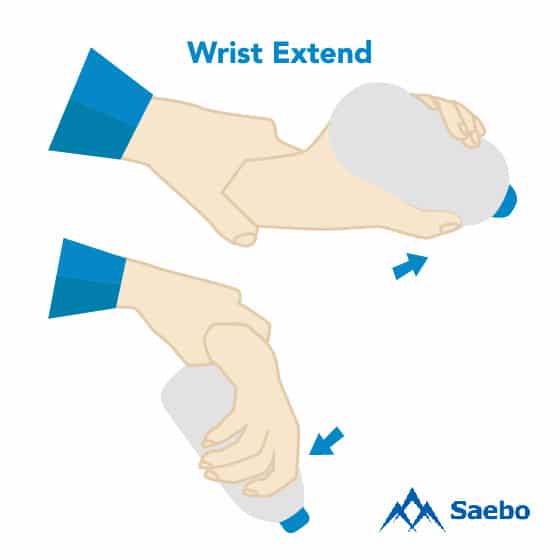
Exercise #21: Wrist Extend
Grasp a water bottle in your affected hand and use your non-affected hand to prop and support your affected arm. Position your hand with your palm is facing down, then extend the wrist. Repeat 10 times for two sets.
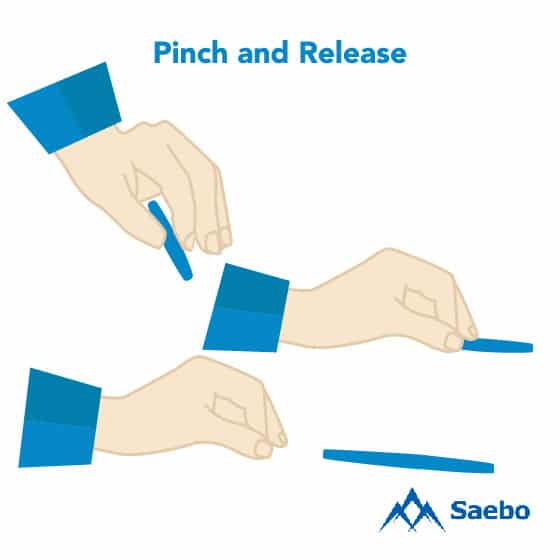
Exercise #22: Pinch & Release
Place a pen to the side of the table, then gently grip it with your affected fingers. Slide the pen across the table, and then release. Repeat 10 times for two sets.
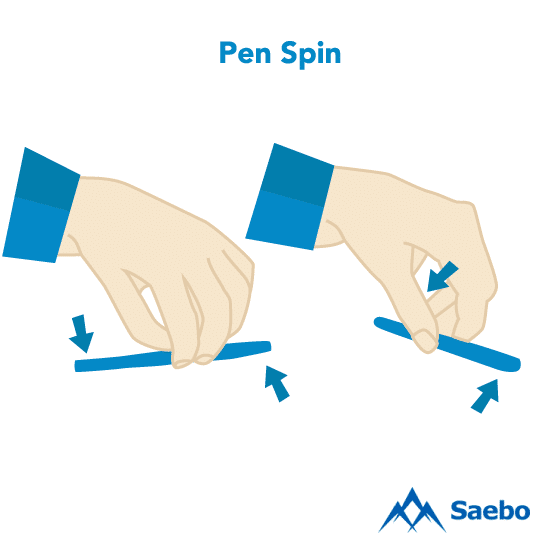
Exercise #23: Pen Spin
Place a pen on the table and use your thumb and fingers to spin it. Try not to involve your shoulder in this exercise: the objective is to isolate the thumb and fingers. Aim for speed during this exercise by spinning the pen quickly for 15 seconds.
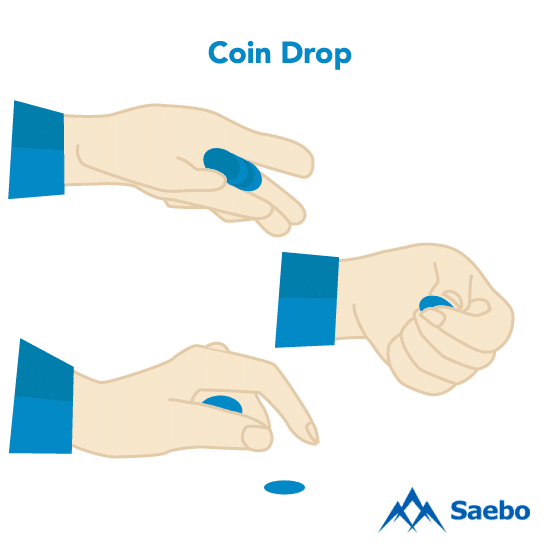
Exercise #24: Coin Drop
Place 8 quarters in a row in the palm of your affected hand. Then, use your thumb to slide one quarter down into your index finger and thumb. Pinch the quarter with your index finger and thumb. Then, place the quarter down onto the table while keeping the other quarters in your hand using the other fingers. Repeat with the remaining quarters.
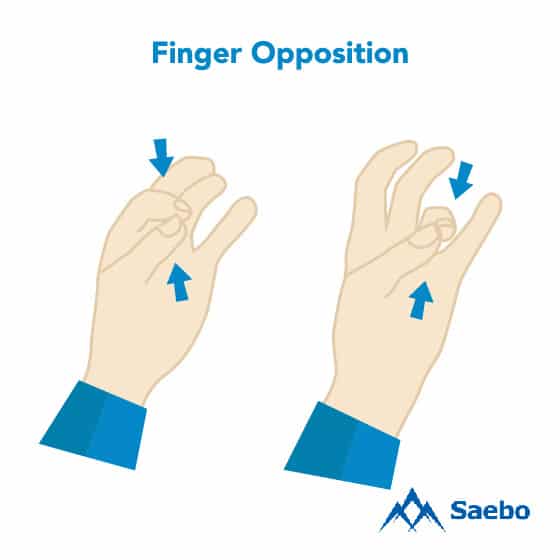
Exercise #25: Finger Opposition
Bend your affected arm, placing the elbow on the table. Bring the tip of your index finger to the tip of your thumb to make a ring. Pinch, then release. Repeat with your middle, ring, and pinkie finger. Pinch, then release. Perform with each finger for two sets.
Stroke Recovery Hand Exercises Can Improve Quality of Life
Being able to use your hands to grasp and release objects, type on a computer, button a shirt, or even write a note to someone you love is so vital to a high quality of life. If your stroke has robbed you of this ability, take action now by beginning an at-home exercise program. These finger and hand exercises for stroke recovery can help you regain the use and dexterity in your hands as you retrain your brain after the neurological damage caused by your stroke.
For extra support in advancing your recovery after a stroke, take a look at the many innovative stroke recovery devices from Saebo to help you along. At Saebo, we are committed to stroke support therapy and recovery for all survivors and their families. We offer a wide range of products, such as the SaeboGlove, that combine cutting-edge technology with evidence-based stroke rehab techniques. Our offerings and network of Saebo-trained therapists can help you or a loved one obtain all the necessary tools to maximize recovery.
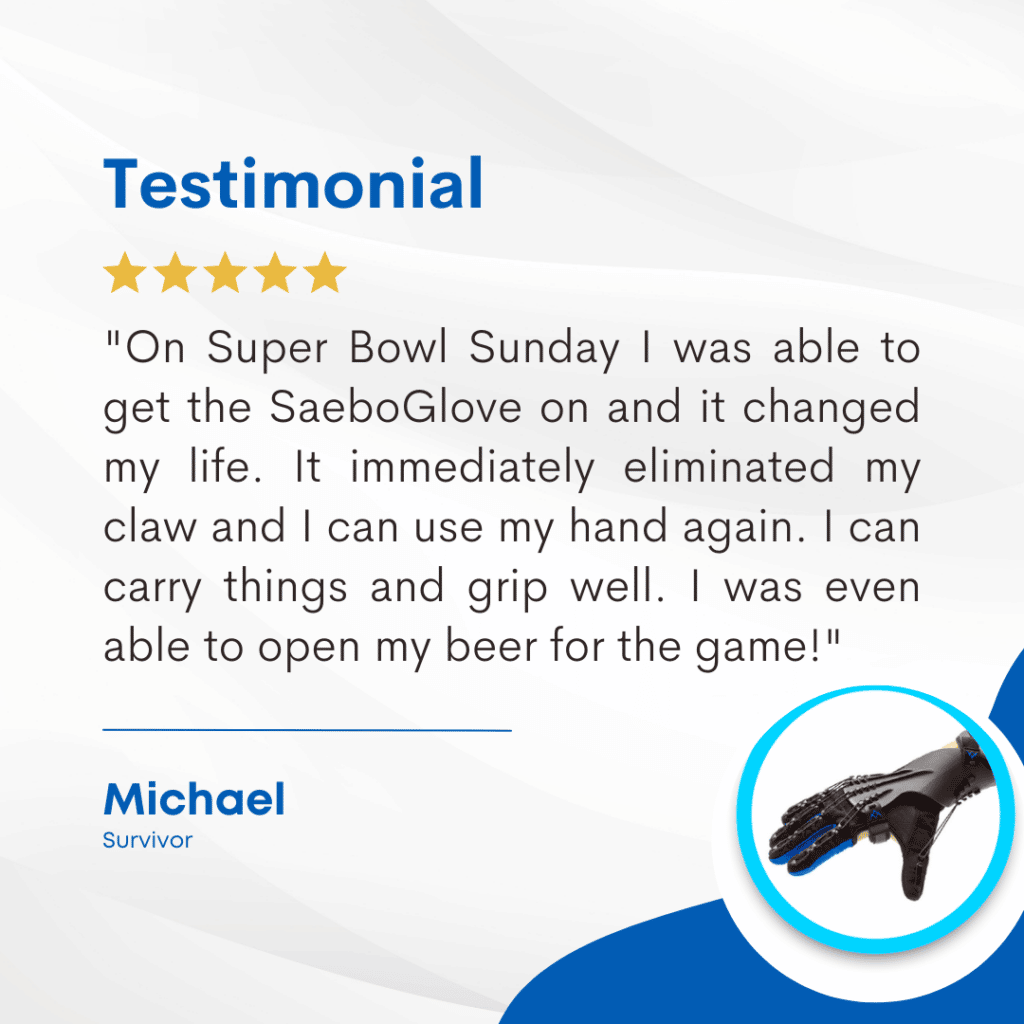
Related Blog Posts:
How to Get the Most Out of Your Hand Strengthening Program Following a Stroke
Recovering From Hand Weakness After Stroke
Benefits of Rehabilitation Gloves and Hand Splints for Stroke Recovery
All content provided on this blog is for informational purposes only and is not intended to be a substitute for professional medical advice, diagnosis, or treatment. Always seek the advice of your physician or other qualified health providers with any questions you may have regarding a medical condition. If you think you may have a medical emergency, call your doctor or 911 immediately. Reliance on any information provided by the Saebo website is solely at your own risk.


